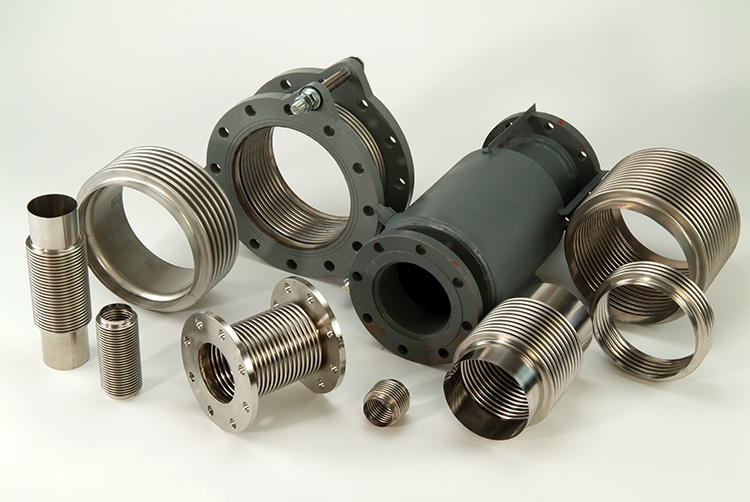There are many industries that require the usage of materials under high-temperature conditions that is when high-temperature composites come into the picture. High-temperature composites are materials that are designed to withstand extreme heat conditions, typically above 500°C.
They are commonly used in industries such as aerospace, automotive, and power generation, where high temperatures are common. One area where these materials are particularly useful is in the construction of high-temperature expansion joints and high-pressure expansion joints.
Expansion joints are devices used to compensate for the expansion and contraction of materials due to temperature changes. They are commonly used in piping systems, where thermal expansion can cause stress and damage. The expansion joints are designed to withstand the extreme temperatures and pressures found in high-temperature applications. They are typically made from high-temperature composites such as ceramic matrix composites (CMCs) or metal matrix composites (MMCs).
Custom expansion joints are another application where high-temperature composites are commonly used. These are typically designed to meet the specific needs of a particular application and may be used in a variety of industries, including chemical processing, power generation, and oil and gas. Custom expansion joints may be designed to handle high temperatures, high pressures, or both, and may be made from a variety of materials, including high-temperature composites.

Why choose high-temperature composite?
- Ability to withstand high temperature
One of the key benefits of high-temperature composites is their ability to withstand thermal expansion without cracking or degrading. This is particularly important in high-temperature expansion joints, where the materials must be able to expand and contract without causing damage to the joint. They can also withstand high pressures, making them ideal for use in high-pressure expansion joints.
- Customizing the properties
One of the challenges of designing custom expansion joints is ensuring that they are able to withstand the specific conditions of the application. This requires a thorough understanding of the materials and their properties, as well as the operating conditions of the application. High-temperature composites are particularly useful in this regard, as they can be tailored to meet the specific requirements of the application.
- Anti-corrosive
Another benefit of high-temperature composites is their ability to resist corrosion and erosion. This is particularly important in applications where the materials are exposed to harsh chemicals or abrasive materials. High-temperature composites can also be designed to be lightweight and durable, making them ideal for use in applications where weight is a concern, such as aerospace and automotive.
Conclusion
The high-temperature composites are an important class of materials that are used in a variety of applications, including high-temperature expansion joints, high-pressure expansion joints, and custom expansion joints. They offer a range of benefits, including the ability to withstand extreme temperatures, pressures, and corrosive environments. As the demand for the material continues to grow, we can expect to see further advances in their development and use in a wide range of industries.


No comments yet